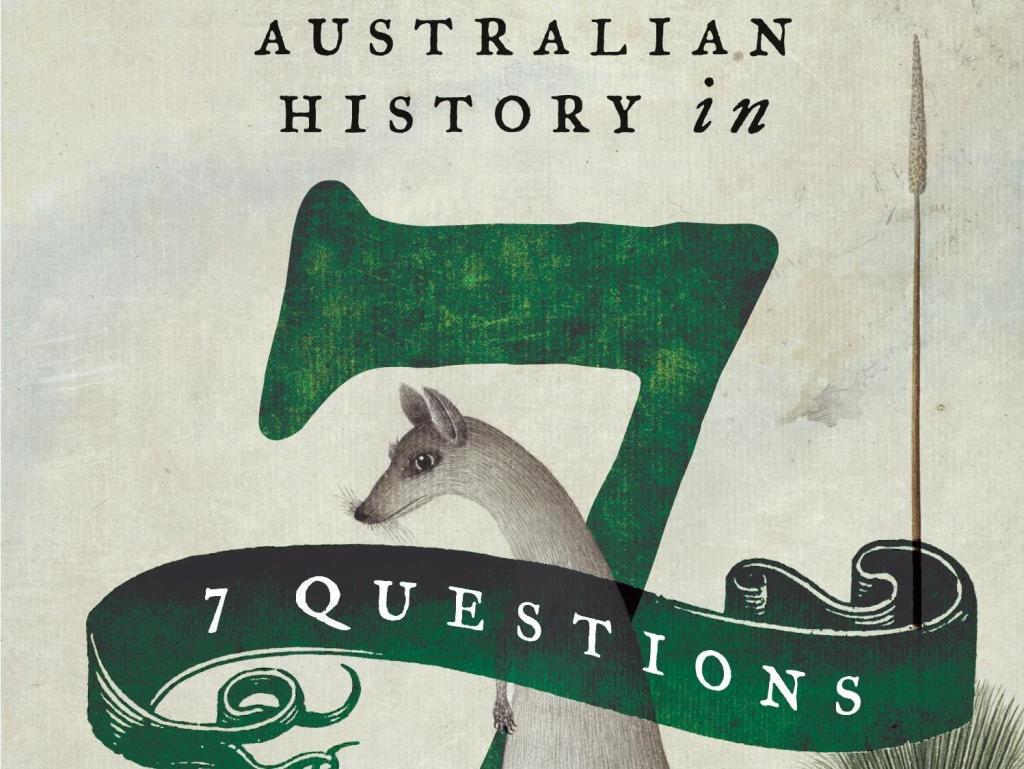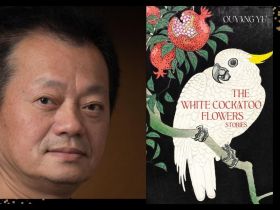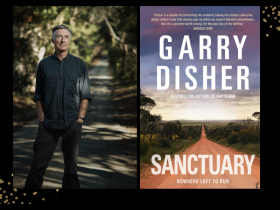Book covert art: Australian History in 7 Questions by John Hirst via Penguin.
It is not possible to cover Australian history in seven questions. So inevitably a work that tries to do so must fail. That does not mean Australian History in 7 Questions is not worth reading, but it does mean that there are omissions and oversimplifications. For example, the answers to the question ‘Why did Aborigines not become farmers?’ leave much unsaid about aboriginal culture. Hirst mentions that the aboriginal hunter-gatherers probably had a better standard of living than European peasants. He concedes that the influences that changed the lifestyle of hunter-gatherers elsewhere were also at play with Australian Aborigines. But the reasons why they lived the way they did for about 60,0000 years need further elaboration.
The question ‘What effect did convict origins have on national character?’ naturally raises another question: What is the national character and is there even such a thing? The chapter on this subject discusses this issue without attempting to come to a definitive result. Hirst does quote the poet Les Murray, who suggests that the ‘ability to laugh at venerated things, and at awesome and deadly things may, in time, be one of Australia’s great gifts to mankind … a spiritual laughter, a mirth that puts tragedy, futility and vanity alike in their place.’
In the chapter on ‘Why was Australia prosperous so early’, Hirst says the short answer is that ‘the officers who wanted to make a pile and the convicts who would work only for rum had contrived to make the British taxpayer support their lifestyle’ and he goes on to explain how. In Hirst’s view, the central control of wages was not a drag on productivity, and he implies current policymakers should consider this. Sadly, though, the role women played is ignored. Nor in all the prosperity accruing to the settlers does the fate of Indigenous peoples get a mention. That is a significant omission.
The chapter on ‘Why was the postwar migration programme a success?’ takes the reader from the white Australia policy to the present in some detail. This chapter at least contains a good succinct history of the reasons for the variations in immigration policies over the years. While Australians might grumble about migrants, Hirst contends they were willing to give them a fair go. According to one Jewish refugee, ‘Jews and refugees were not, in all circles, considered the most desirable and admirable of migrants. Yet Australians disliked making a fuss and being nasty to people more than they disliked Jews and foreigners.’
The other three questions canvassed are about about a peaceful change to democracy, the move to federation, and the failure to change to a republic. Hirst was personally involved in the quest for making Australia a republic and he has some interesting views on that subject.
Those historians who knew him well, including the many he taught, would probably agree that if Hirst were still alive today he would not be surprised by some of the criticism in this review of Australian History in 7 Questions. As Frank Bongiorno wrote in The Monthly, Hirst ‘would certainly have found the implication that anyone could agree with everything that he had to say a most peculiar one. Hirst prided himself on his resistance to the current of fashionable opinion.’ But just because an opinion is not fashionable, does not mean it is necessarily compelling.
3 stars out of 5
Australian History in 7 Questions
By John Hirst
HISTORY
Paperback
9781863958226
February 29, 2016
Penguin
224 pages





